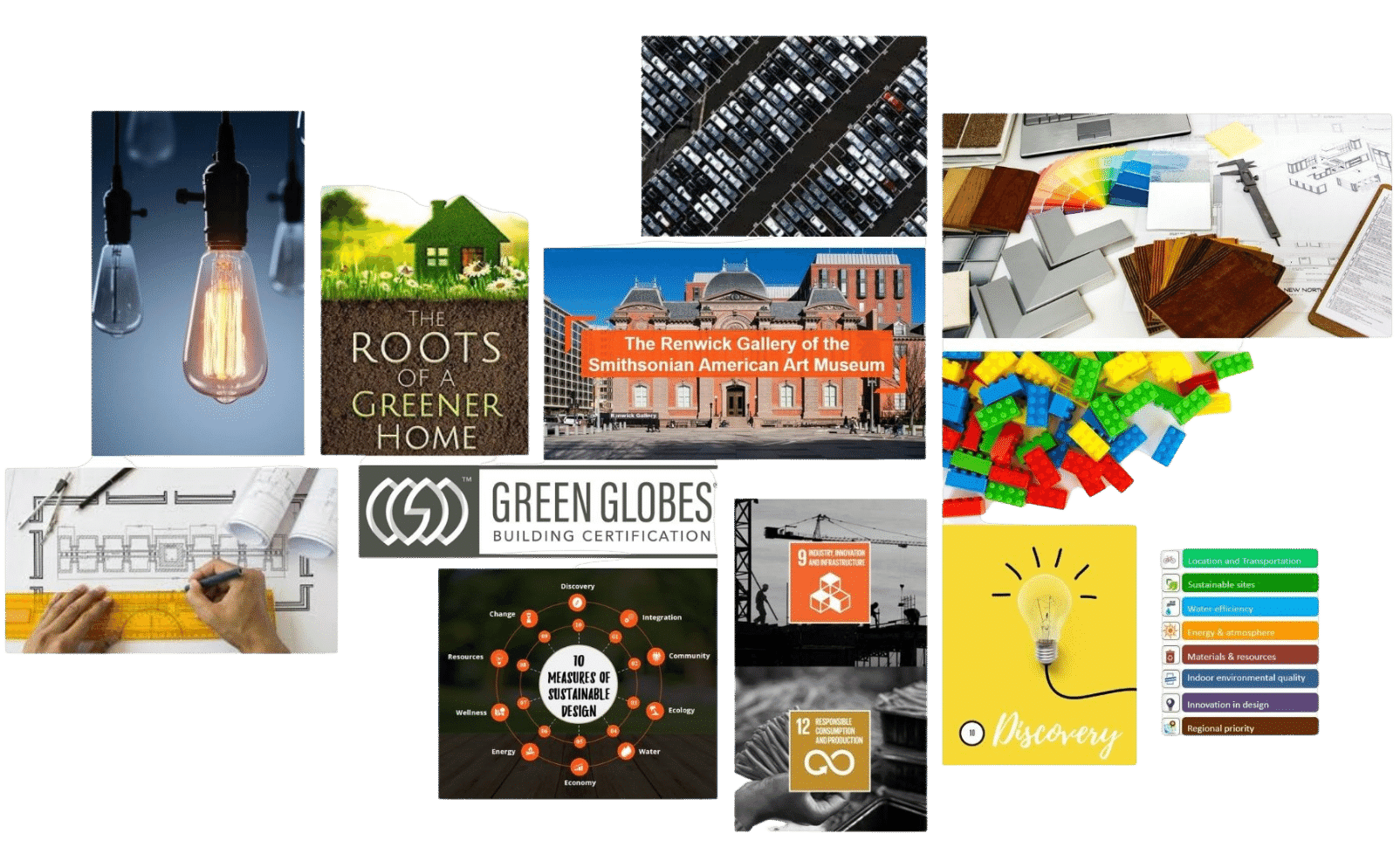The Rajkumari Ratnavati Girls School, located in the middle of the Thar Desert in India, has been uniquely designed to become an architectural marvel of the world.
As Indian students in Jaisalmer brave the blistering heat to attend this school, they can study in peace due to this building’s oval design. Designed by New York-based architect, Diana Kellogg, who designed it keeping in mind that the building needed to remain cool, despite regular sandstorms and sweltering temperatures.
Kellog told architecture magazine, Dezeen, she landed on the oval shape as it represents femininity and resonates with the formulation of infinity. She wanted to design a building that blended with the landscapes of Jaisalmer and looked like it grew out of the natural landscape
Design Of The Building
This 836 square-meter structure is not only sustainable but also symbolic. Local craftsmen designed hand-carved sandstones to build the entire building. The usage of local materials helped reduce carbon emissions and included the community in the building of this school.
A large, exterior wall wraps the school’s perimeter, an interior wall encloses the classrooms, and in the middle, there is an oval courtyard. This design helps provide shade to the girls sitting or playing in the courtyard.
The building is powered through solar panels placed on the rooftops. This also helps provide a shade-giving canopy. The building remains cool through a geothermal energy system and the lime-plastered inner walls help keep it insulated. There are also water harvesting systems in place that collect rainwater and recycle it.
The local culture was the source of inspiration for Kellogg to design Jallis (perforated-lattice stonework). They keep the sandstorms out while allowing the natural sunlight to come in.
Another noticeable feature of this Indian Eco-School is its furniture, the Charpai-woven seating, and local rosewood. The famous Indian fashion designer, Sabyasachi Mukherjee, designed uniforms for the girls studying here using Ajrak, which is a form of block printing that is native to the region.
CITTA, a non-profit organization, commissioned the project that supports development in marginalized or economically-challenged communities in the world.






